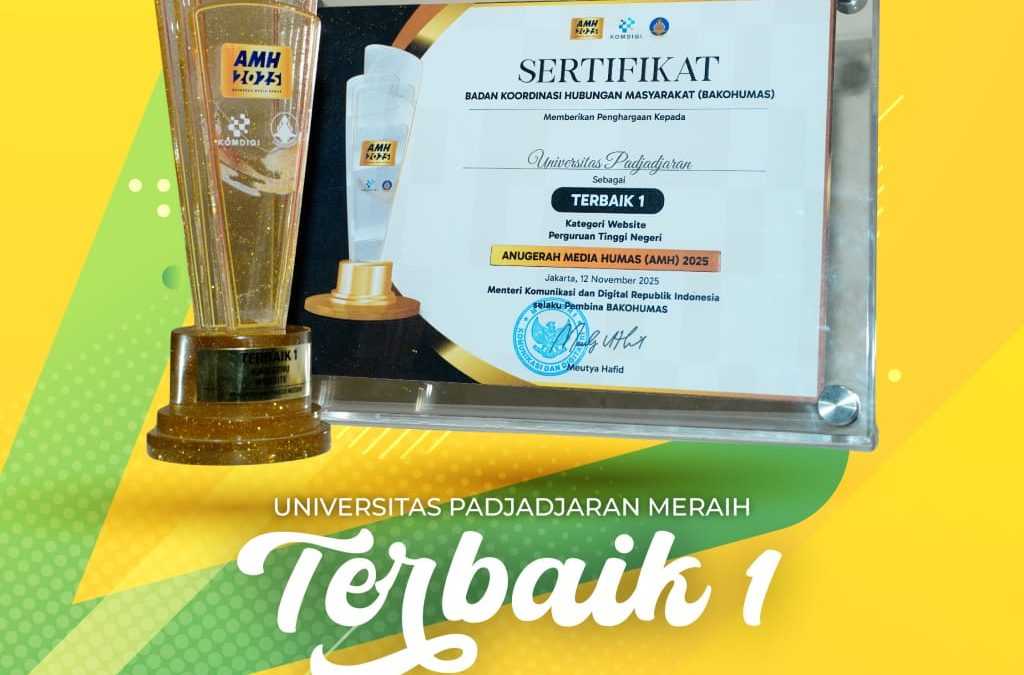Dalam era globalisasi yang sarat dinamika dan ketidakpastian, ketahanan nasional di bidangkesehatan menjadi fondasi strategis bagi keberlanjutan bangsa dan kesejahteraan rakyat.Ketahanan ini tidak hanya bergantung pada kapasitas infrastruktur dan teknologi medis, tetapijuga pada kualitas sumber daya manusia yang berperan langsung dalam sistem kesehatan.Untuk memperkuat ketahanan nasional di bidang kesehatan, pemerataan distribusi tenagakesehatan yang berkualitas dan berwawasan kebangsaan menjadi kunci utama. Distribusitenaga kesehatan tidak hanya mencakup dokter umum, tetapi juga dokter gigi, apoteker,perawat, bidan, psikolog klinis, ahli gizi, fisioterapis, tenaga laboratorium, dokter spesialis,hingga dokter subspesialis.
Setiap profesi dalam rumpun kesehatan memiliki peran strategis dalam memastikankeberlangsungan sistem pelayanan kesehatan di seluruh wilayah Indonesia, termasuk di daerah 3T yang memiliki tingkat kebutuhan tinggi namun akses terbatas terhadap tenagakesehatan profesional. Persoalan distribusi sumber daya manusia kesehatan tidak dapatdiselesaikan hanya melalui kebijakan administratif atau insentif ekonomi. Diperlukanpendekatan yang lebih fundamental berupa penanaman nilai-nilai kebangsaan dan semangatpengabdian sejak jenjang pendidikan sarjana, profesi, hingga subspesialis. Wawasankebangsaan ini penting agar setiap tenaga kesehatan memahami bahwa profesinya merupakanbentuk pengabdian dan bela negara, bukan semata-mata karier profesional.
Sebagai upaya konkret untuk menjawab tantangan tersebut, diselenggarakan seminar bertema“Memperkuat Ketahanan Nasional di Bidang Kesehatan: Membangun Wawasan Kebangsaan,Kebijakan Publik, dan Inovasi Pendidikan” sebagai forum ilmiah dan strategis yangmempertemukan pemerintah, akademisi, dan mahasiswa. Seminar ini bertujuan untukmenghasilkan rekomendasi kebijakan terintegrasi yang meliputi: penguatan distribusi tenagakesehatan berbasis analisis kebutuhan wilayah; integrasi nilai kebangsaan dan pengabdiandalam kurikulum pendidikan kedokteran dan rumpun kesehatan; serta inovasi riset dan produksi alat kesehatan domestik untuk memperkuat kemandirian nasional.
Melalui kegiatan ini, diharapkan terbentuk generasi tenaga kesehatan yang unggul secaraakademik, tangguh secara moral, dan kokoh dalam semangat kebangsaan, yang mampumenjadi garda terdepan dalam mewujudkan pemerataan layanan kesehatan serta memperkuatketahanan bangsa di bidang kesehatan dan lebih jauh lagi dapat membangun kesadaran dan sinergi antar-stakeholder untuk memperkuat ketahanan nasional di bidang kesehatan melaluiintegrasi wawasan kebangsaan, kebijakan publik, dan inovasi pendidikan.
Bersiaplah untuk bertemu para tokoh nasional, pemimpin akademik, dan inspirator bangsa dalam ajang terbesar FK Unpad tahun ini!
Seminar Nasional & Forum Diskusi ini menghadirkan pembicara dari lintas kementerian, TNI, akademisi, dan tokoh publik yang akan membahas bagaimana ketahanan kesehatan menjadi pilar kedaulatan Indonesia.
🎙 Our Speakers:
▫️ Wamenkes RI – dr. Benny Paulus Octavianus, Sp.P, FISR
▫️ Rektor Unpad – Prof. Arief S. Kartasasmita
▫️ Dekan FK Unpad – Prof. Dr. Yudi Mulyana Hidayat, dr., SpOG(K)
▫️ Tokoh Nasional & Guru Besar Multidisipliner
▫️ Dan banyak tokoh lainnya 🌟
📅 Rabu, 26 November 2025
📍 Auditorium Lt.2, Gedung Koeswadji Unpad
🕘 08.00 WIB – selesai
💻 Hybrid Zoom & YouTube Live
🔗 http://bit.ly/Seminar_Nasional_DiesFKUnpad
Acara ini akan membahas:
🇮🇩 Ketahanan kesehatan sebagai bagian dari kedaulatan negara
💉 Transformasi layanan & SDM kesehatan
🏥 Wawasan kebangsaan bagi tenaga kesehatan
🔬 Riset & inovasi kesehatan untuk Indonesia tangguh
Jangan lewatkan kesempatan belajar langsung dari para pemimpin bangsa!
Recent Views: 90






